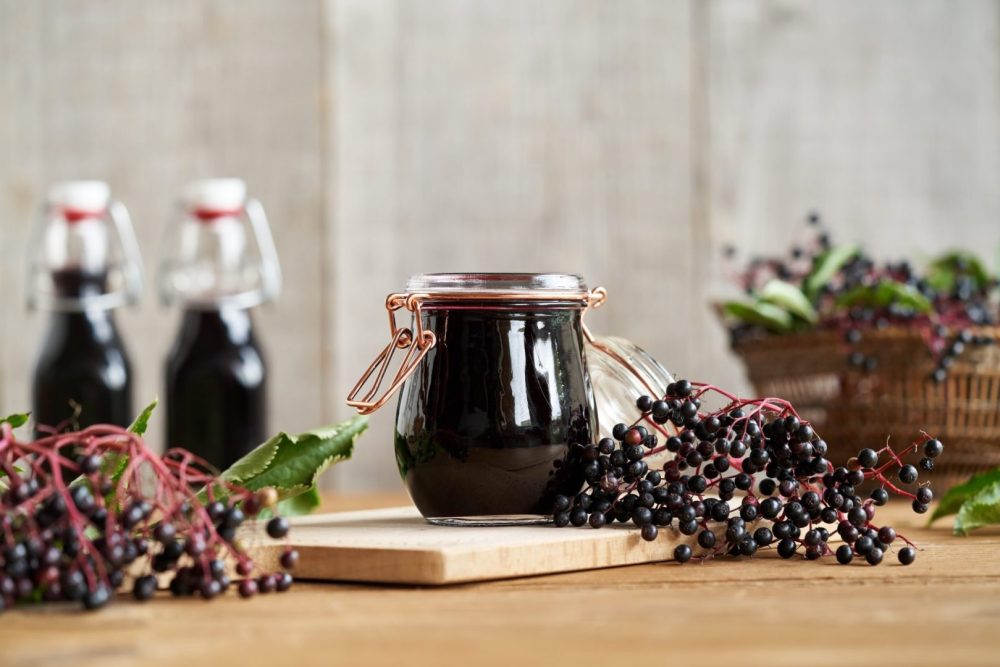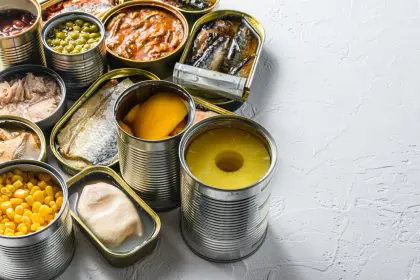The rise of foodborne illnesses tied to berries has prompted regulators to take swift action. Recent concerns over viral contamination, particularly in both fresh and frozen varieties, have highlighted the need for improved food safety protocols. The Food and Drug Administration (FDA) made headlines in January 2024 with new measures aimed at reducing the risks of berry contamination. These regulations target key areas to prevent contamination from reaching consumers, underscoring the importance of protecting public health.
The FDA’s comprehensive approach focuses on enhancing compliance with current safety regulations, expanding research on foodborne viruses, and implementing public health measures, such as worker immunization programs. With these measures, the FDA aims to proactively address contamination risks at every stage of the berry production and distribution process.
Understanding viral contamination risks
Two primary viral threats are at the center of the ongoing berry safety concerns, norovirus and hepatitis A. Both viruses can cause severe health problems, making it essential for the food industry to take the necessary precautions. Norovirus is notorious for its ability to spread rapidly, often leading to gastrointestinal symptoms, while hepatitis A can damage the liver, causing long-term health complications. The resilience of these viruses, particularly in frozen products, poses a unique challenge to food safety.
In frozen berries, viral contamination can persist despite freezing, which traditionally is seen as a way to kill pathogens. However, research has shown that the freezing process doesn’t always destroy these viruses, making it even more crucial to address safety at every step of berry production and distribution. This is why new FDA regulations emphasize preventing contamination before it reaches the market.
Critical points of contamination
The harvesting process is a critical point where berries can become contaminated, especially when workers handle produce directly. In many cases, berries are hand-picked, increasing the likelihood of contamination through direct contact with workers. The absence of proper hygiene facilities or insufficient worker training can exacerbate this issue, impacting the overall safety of the berries.
Given that berries are often consumed raw, contamination risks become even more significant. Unlike produce that is typically cooked before consumption, berries’ direct contact with consumers heightens the need for strict safety measures during harvesting, handling, and transportation. The FDA’s increased focus on worker health and safety protocols aims to minimize the risk of contamination from the point of harvest to final sale.
Prevention strategies and safety measures
Preventing viral contamination in berries requires a multi-layered approach, combining industry standards with consumer vigilance. Among the essential practices for minimizing contamination risks are:
- Thorough washing of berries
Regardless of whether berries are labeled as pre-washed, it’s essential to wash them thoroughly before consumption. Washing helps remove any residual contaminants, including viruses, that may have survived the production process. - Sanitization and proper handling
Implementing proper sanitization techniques during packaging and transportation ensures that viruses are minimized. Additionally, careful handling of berries can reduce the chances of contamination during distribution. - Selecting trusted frozen berry sources
Consumers should carefully choose their frozen berry sources, ensuring they are from trusted brands with a proven track record of adherence to safety standards. - Storage and temperature control
Berries should be stored properly at the correct temperature to prevent contamination. Keeping berries refrigerated or frozen at all times helps maintain their safety and quality. - Monitoring and quality assurance
Ongoing monitoring of product safety standards is essential to ensure that contamination risks are consistently addressed. Quality assurance protocols, such as regular testing, are key to identifying potential threats before berries reach the market.
Consumer protection guidelines
For consumers, understanding proper handling and preparation methods is crucial to minimizing health risks. Although pre-washed berries are available, it’s still recommended to wash all berries thoroughly before consumption. Additionally, using appropriate sanitizing solutions can further reduce the presence of harmful pathogens on berry surfaces.
Consumers should be aware of the importance of proper storage practices. Keeping berries in the right conditions, whether refrigerated or frozen, plays an integral role in reducing contamination risks. It’s also essential for consumers to stay informed about the latest guidelines from the FDA to ensure they are taking the proper precautions when handling berries.
Industry implications and future directions
The growing focus on berry safety is shaping industry practices and altering consumer behaviors. As scientific research continues to uncover new risks and develop better prevention strategies, the berry industry will likely see increased regulatory oversight and evolving safety standards. These changes are not only influencing how berries are grown, harvested, and distributed but also how consumers approach berry consumption.
The evolution of berry safety measures underscores the importance of a comprehensive approach that integrates regulatory efforts, industry best practices, and consumer awareness. By maintaining vigilance in safety measures and staying informed about proper handling and preparation procedures, consumers can continue to enjoy berries with greater confidence in their safety.
The future of berry safety hinges on continued collaboration between the FDA, producers, and consumers. The latest measures represent a significant step toward a safer berry industry, ultimately ensuring that consumers can enjoy their health benefits without unnecessary risks.











